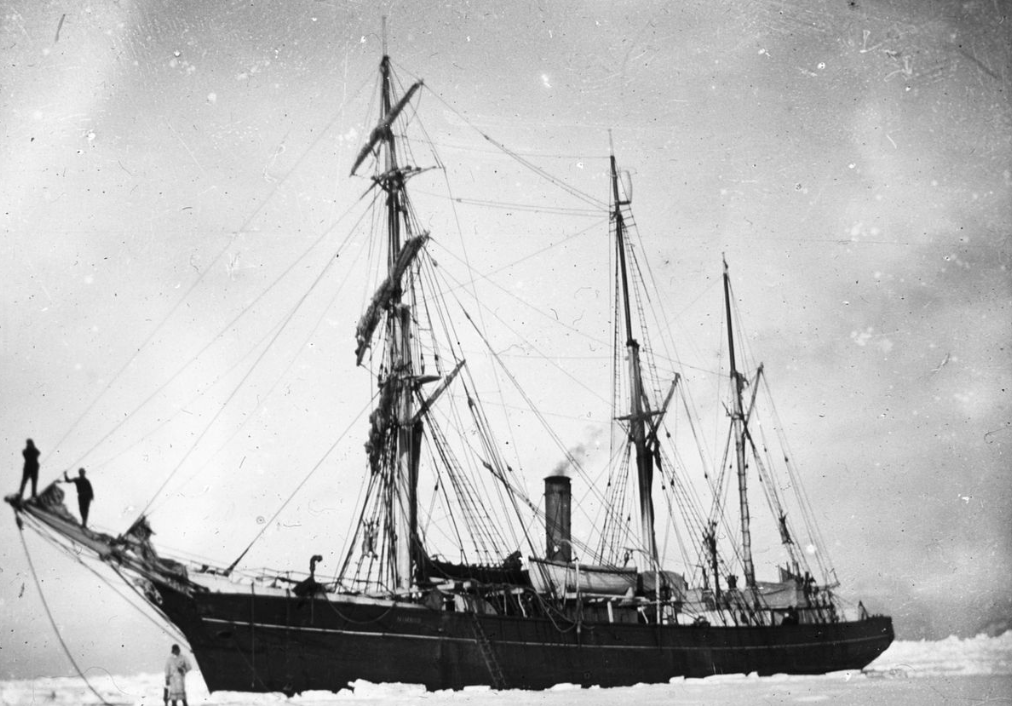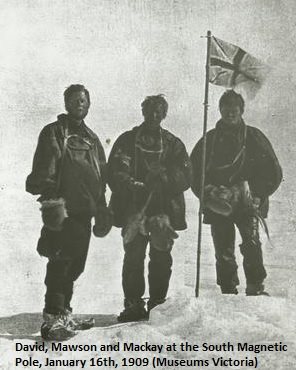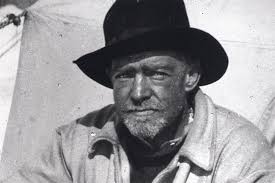
THE NIMROD EXPEDITION (1907-09)
In the Heroic Age of Antarctic exploration (1897-1922) the names of expeditions were often referred to by the name of the ship that brought the explorers to Antarctica, hence the Nimrod Expedition. The Nimrod was Shackleton’s ship that he used for the The British Antarctic Expedition 1907–09
On this expedition,Australian geologists Professor Edgeworth David and Douglas Mawson, as well as 5 of Shackleton’s men made the first ascent of Erebus, the 3,794 metre high active volcano. It was first sighted and named by Captain Ross in 1841. Professor David’s party reached the crater rim on 10 March 1908 after a strenuous five-day climb.

An Expedition of Firsts
By October 1908 the men had rested and were ready to start their ambitious programme of exploration. Shackleton’s party of four would travel towards the South Geographic Pole (The South Pole). Edgeworth David’s Northern Sledging Party of three men, (Professor David, Douglas Mawson and the naval surgeon Alistair Mackay) would search for the South Magnetic Pole on what was to be an epic journey.
This was an expedition of firsts. The first to climb Mount Erebus, first to locate the vicinity of the South magnetic pole. It was also the use of the first car in Antarctica, and the publication of the first book in Antarctica. Perhaps the most important first was the furthest trek south when Shackleton and his companions turned back less than 100 nautical miles from the South Pole.

Shackleton
This was Shackleton’s second expedition to Antarctica after his first trip with Scott on the ‘Discovery’ Expedition. There he was sent home suffering from scurvy. The Nimrod Expedition was his first expedition with him in command. It was from this expedition that he received his knighthood.
Shackleton originally thought he had secured financial backing from a wealthy benefactor in order to buy a ship. When this fell through he was forced to settle for the 40-year-old wooden sealer, ‘Nimrod’. It was half the size of Scott’s ‘Discovery’ and did not sail well.
The Nimrod
He bought the ship for £5000, today’s equivalent of £520,000. Shackleton described her as “much dilapidated and smelt strongly of seal oil. An inspection “showed that she needed caulking and that her masts would have to be renewed.” After refitting though she was a much nicer ship and Shackleton came to very proud of her.
On reaching New Zealand, in order to save fuel, Shackleton arranged with the New Zealand government for Nimrod to be towed about 2600 km to the Antarctic circle. At this point Nimrod was released from the tow and proceeded into the pack ice under her own power.
Nimrod dropped off the explorers and their supplies and returned to New Zealand. She would return and pick them up the following season. Ten years after her return from the Antarctic, Nimrod was battered to pieces in the North Sea while carrying coal from Blyth to Calais in France.
She ran aground on the Barber Sands off the Norfolk (UK) coast on 31 January 1919. Only two of her 12-person crew survived.
A sad end for a valiant ship from the heroic Era of Antarctic exploration

